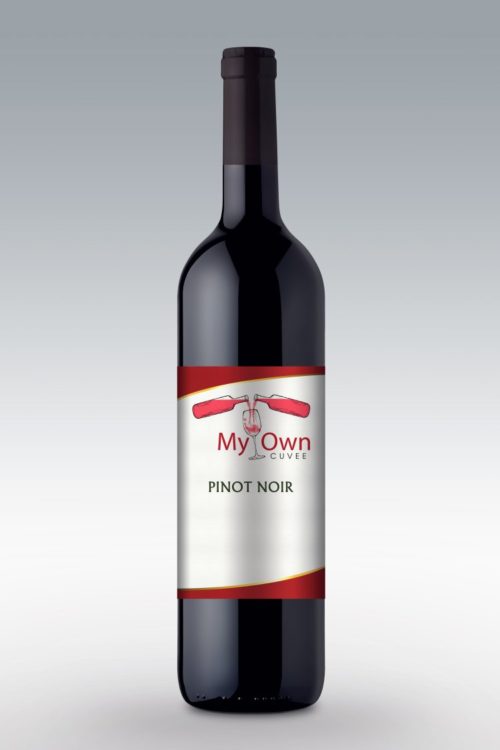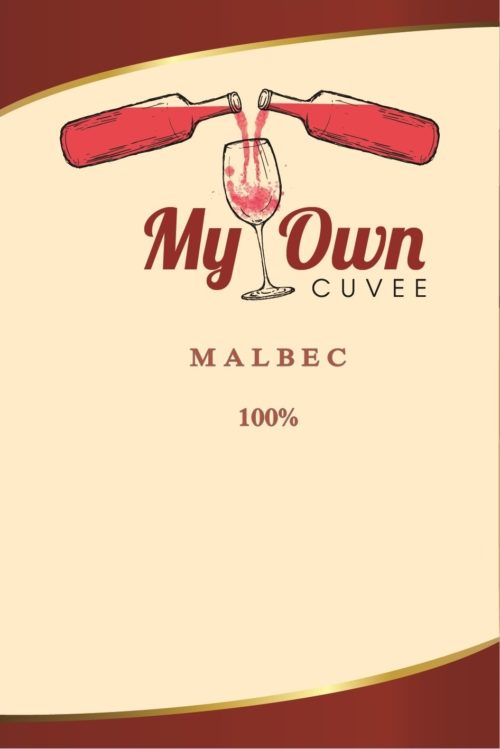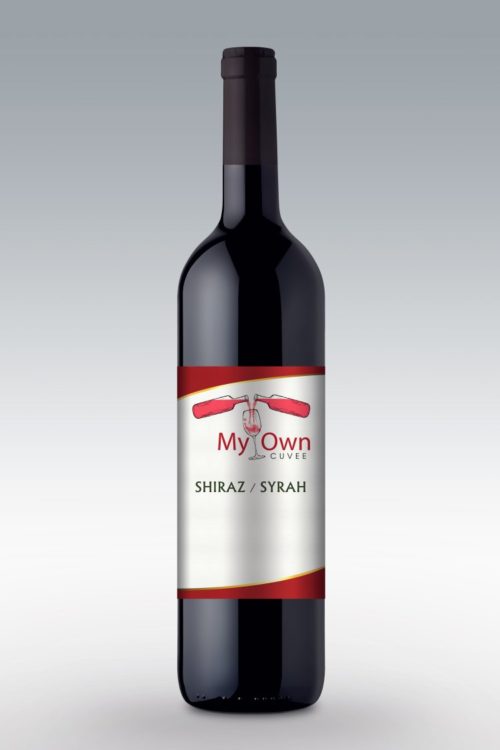Grape Variety: Grenache
Color: Light red to orange.
Aroma: Spicy black pepper. Light red fruits
Body: Light to heavy
Wine Making Flavors: CM style in Southern France and Cote du Rhone. Much blended in the rest of the Rhone. Often oxidized with a strong vanilla aroma (from American Oak) in the wines of the Rioja.
Blended with: Extensively with Syrah in the Rhone and a zillion other grapes in the south of France. In Rioja it is blended with Tempranillo.
Grenache
CHF18.50
Product Description
Grenache Wine Grapes, Flavor, Character, History
Grenache is the most important red wine grape for Chateauneuf du Pape. While 13 red wine grapes are allowable by law in Chateauneuf du Pape, Grenache is the undisputed king of the wine region. Almost 72% of the region is devoted to Grenache, while its closest competitor, Syrahcovers closer to 5%. However, Grenache is not just important to te Rhone valley. Grenache is one of the world’s most popular grapes!
Grenache may have been transported from Spain, where it is known as Grenacha. Grenache has been popular in the Southern Rhone since the 17th century when it was used as a blending grape to give Burgundy wines additional body and alcohol.
Grenache, with its think skin and tight clusters is perfect for the hot, dry, sand and stone soils of Chateauneuf du Pape. The mistrial, which delivers strong, wind swept climates in Southern Rhone aids in the development of the berries. The grape enjoys a long growing season. The extra time on the vine is well spent. It allows the berry to develop high sugar levels. Grenache is one of the more alcoholic grapes. It often reaches 15% alcohol by volume. But due to its levels of sweet ripe fruits, when properly vinified, there is no sensation of heat. Grenache wines age well, according to the most important consultant working in Chateauneuf du Pape today. Philippe Cambie on Grenache – “At its best, Grenaches must express the black fruit, cherry, licorice and especially a beautiful oiliness. The wines
can be kept for 20 years, and always keep these notes of spice and white pepper.”
Grenache enjoys some of the oldest vines in Europe. In Chateauneuf du Pape, numerous growers boast vines that are over 100 years old. Those gnarled, old vines produce extremely low, yielding fruit that which makes rich, concentrated wines with true character.
The grape enjoys worldwide popularity in numerous growing areas. It grows well in Spain, Australia, Languedoc-Roussillon and America. Several wine makers use it as a stand alone variety. However, it is often blended with other grapes, most notably, Syrah, Mourvedre, Carignan and Cinsault. While most Chateauneuf du Pape wines are produced from blends, there are some wineries that use 100% Grenache, while others feature as much as 90% or more Grenache in the blend. Marie Giraud of Domaine Giraud feels that Grenache can be difficult to grow, but the results are worth the effort. “Grenache is a demanding grape. It can be quite difficult to control. When the berries are ripe, the wines are powerful, fine and complex with a lot of fruit.”
Most producers agree on the level of ripeness demanded from Grenache when searching for phenolically ripe grapes. Wines made from ripe Grenahce can be some of the most sublime wines in the world. But when the fruit lacks ripeness, the wines are not that interesting. Manfred Krankl of Sine Qua Non elaborates on that point. Manfred Krankl “If Grenache doesn’t get FULLY ripe, it holds no interest. One can make some skinny-ass Syrah, which is en vogue among some. Syrah under those conditions might still hold some odd interest. But that is not the case with Grenache.”
Domaine la Barroche Pure, Domaine la Barroche Terroir, Bonneau Marie Beurrier, Bonneau Celestins, Bosquet Des Papes, La Glorie de Mon Grand Pere, Chapoutier Barbe Rac, Chapoutier Croix de Bois Domaine de la Charbonniere Vieille Vignes,Clos Saint Jean SanctusSanctorum, Domaine Crista, Domaine Ferrand, Isabel Ferrando Colombis, Domaine de la Janasse Chaupin, Domaine de la Mordoree La Plume de Peintre, Domaine de Marcoux Vieille Vignes, Domaine Pegau da Capo, Chateau Rayas, Domaine de la Solitude CDP “Cornelia Constanza, Tardieu-Laurent Cuvee Speciale, Pierre Usseglio Mon Aieul, Pierre Usseglio Deux Freres, Raymond Usseglio Imperiale and Vieille Julienne Reserve are a few examples of Chateauneuf du Pape producers using an overwhelming portion of Grenache in their blend.
Grenache, due to its thin skin and pale color is the most popular grape used in the production of Rose’ wines. White versions of the fruit have been developed called Grenache Blanc. Grenache blanc is a popular blending grape in France that is also used in a myriad of wine producing regions in France and all over the world. There is also Grenache Gris, which is used for white wines as well. Some vintners produce sweet fortified wines using the grape varietal, due to its natural high alcohol and sugar levels.
As we mentioned earlier, even though most wines from Chateauneuf du Pape are blends, Grenache remains the dominant varietal. With many Grenache based wines, tasters often experience flavors of kirsch, fresh black or white cherries, jammy strawberries, black raspberries, spice, black pepper, cherry griotte, plums and fresh herbs. The texture ranges from elegant and silky to a more rustic expression depending on the soil, levels of ripeness and other choices made by the wine maker and of course the terroir and the soils the Grenache vines are planted in. Manfred Krankl of Sine Qua Non says in Chateauneuf du Pape, it’s all about the rocks and stones in the vineyard. “The soils tend to be very different in the Southern Rhone versus California. There are the famous gallets (large stones) in Chateauneuf that are nowhere to be found in California that I know of. Although there are also many areas in the Chateauneuf appellations that do not have the famous rocks. Some soils have quite a bit of clay and others have a lot of sand.”










